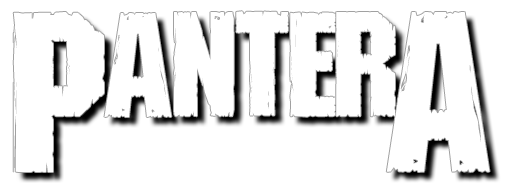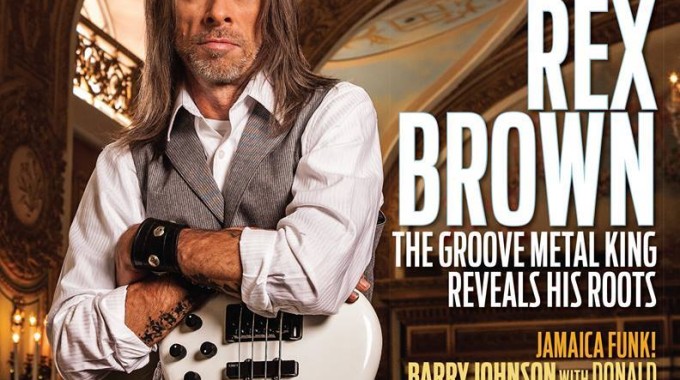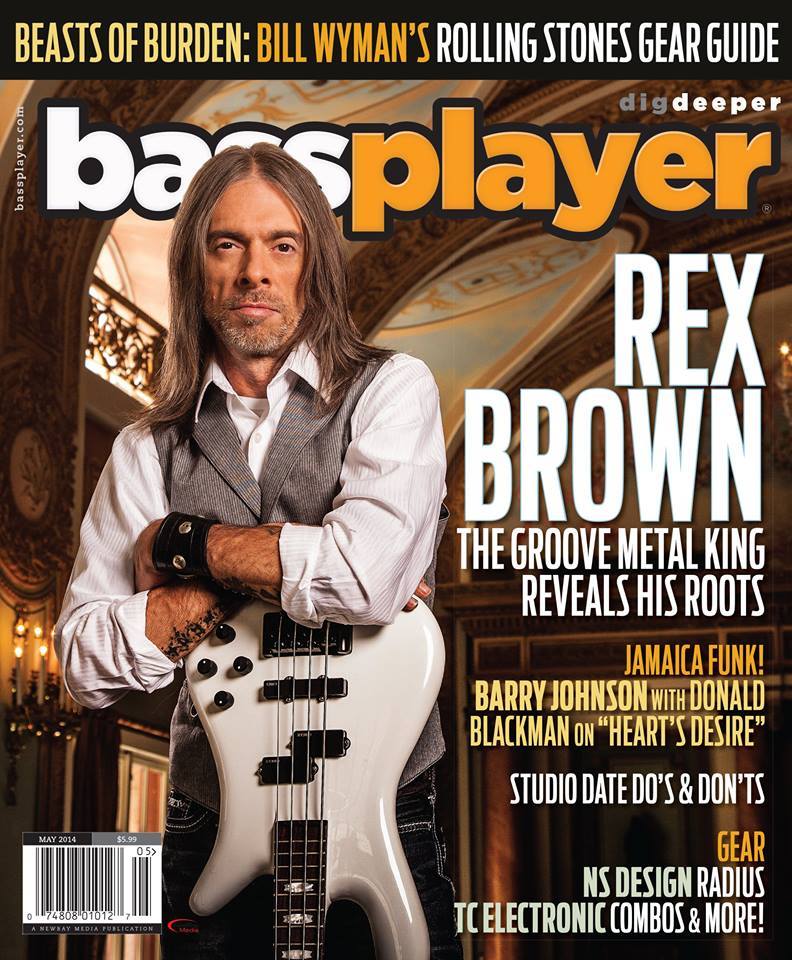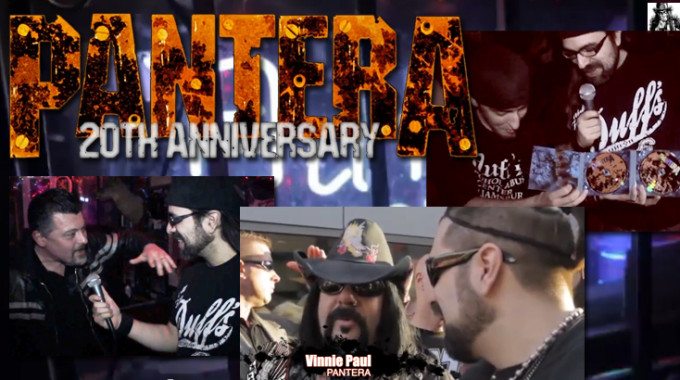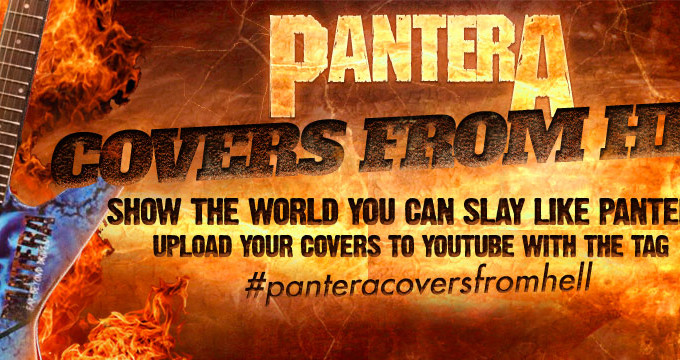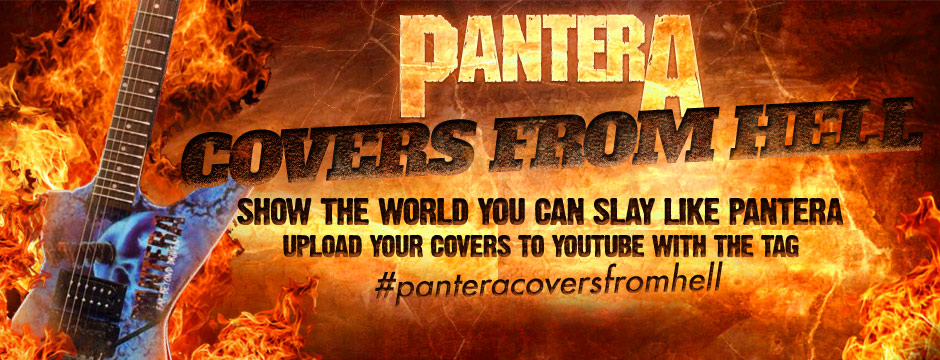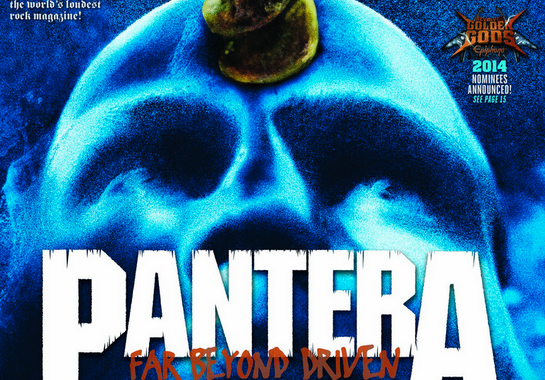By Rick Florino
From artistdirect.com
Swedish: sambla.se
Far Beyond Driven changed the face of heavy metal. It skyrocketed to the top of the Billboard Top 200 without the band sacrificing its patented intensity. In fact, it trumped both Vulgar Display of Power and Cowboys From Hell in terms of being visceral. It’s uncompromising, unmitigated, and unique to this day. The 20th anniversary addition of this earth-shaking album is out now, and it includes Far Beyond Bootleg – Live From Donington ’94—a recording of their legendary Donington performance.
Given the album’s gravity and importance, ARTISTdirect.com editor in chief Rick Florino spoke to Philip Anselmo of Pantera about the record and so much more.
Far Beyond Driven feels like Pantera at its purest or most unbridled. In some ways, this is the rawest spirit of the band.
That’s an interesting way to put it. It’s hard for me not to endorse the way you put it, but it’s also hard for me to endorse it. I think, at that time, we were all very much on the same page, so to speak. Let me side step really quickly and just remind you. Pantera had a lot of success before I was in the band. When I first joined the band, I was singing fucking tracks on Power Metal after two weeks of being with them. Then, we wrote Cowboys from Hell all throughout the rest of 1987 and 1988. We had been playing those songs live. We had been through a lot up to the point as far as personalities go and getting to know each other. Becoming a trusted member and true singer for this band was a process to where I didn’t have the rest of the band peaking over my shoulder like, “What are you writing about?” By the time I got to Far Beyond Driven, it was, “I’m going to write what the fuck I’m going to write”. So, I was very comfortable at the time. I guess the rest of the guys were like, “Leave Phil alone. Let him do his job” [Laughs]. It felt so fucking natural.
Were those Far Beyond Driven sessions particularly intense?
Well, I knew that’s what I wanted. There was a lot of speculation out there about what type of record we were going to make. I definitely had a chip on my fucking shoulder because there was no way in hell I was going to go the fucking commercial route. At the time, I think we were very aware of other heavy metal bands that had found a little bit of fame and taken that “commercial route”, so to speak, with their music. I very much instilled that there was no fucking way I was doing that into the other guys. I think they were on board quite a bit. It’s like when you have a favorite band, you follow their entire career, you wait anxiously to buy their new record, you open up it, you put it on, and it’s a letdown. That’s a shitty feeling. We knew what our fan base wanted. We were very focused on delivering what our fan base had come to know and come to know of us. A lot of people like to say we did things in reverse. Meaning, we didn’t start out this heavy fucking band and get more commercialized. It was kind of the other way around. That was the main focus there. When I laid my vocals on that fucking record, I wanted people to feel the fucking spit on their faces coming out of the speakers [Laughs]. I meant every fucking second.
What was inspiring you back then in 1993?
I had always followed the sport of boxing. In 1993 and 1994, I was probably in the midst of the Evander Holyfield reign of boxing, the heavyweights, and his battles with Lennox Lewis, Riddick Bowe, and all of these fucking fighters. Aside from boxing and horror flicks, it was always music. At that point in time, I had gone through about my third phase of jamming a lot slower stuff. It was a Sabbath phase, so to speak. Also, it was Black Flag—the My War and Slip It In era when they did more slow, droning, ugly-sounding tunes instead of hardcore anthems. That was very effective and influential. Also, at that time, Morbid Angel really brought me back to death metal. To me, that was a great revelation as far as getting back into faster music, more modern faster music, and shit like that. I think I got a little bored with thousands of thrash bands trying to emulate Slayer. Morbid Angel stuck out because they were doing different things with riffs and ideas. Not to mention, Pete Sandoval was extremely innovative. Trey Azagthoth was also very innovative. I was listening to a lot of different music whether it was Witchfinder General or Morbid Angel. Then, there was Suffocation’s Effigy of the Forgotten record. If you put things into context, 1994 was about five or six years removed what I consider the first wave of black metal as well. Bands like Sodom and Bathory were not called black metal bands when they first came out. To me, the true genre of black metal started in Norway and Finland. I was very much into a handful of those bands. Other than that, I loved the attitude of black metal. I loved the intensity of certain death metal back then. With hardcore, it was Victim in Pain by Agnostic Front. That’s still my favorite record they ever did. Also, Poison Idea’s Pick Your King record was really balls-out, one-take hardcore that fucking delivered. I’m a frigging music nerd, dude! I wear that shit on my sleeve. I think everybody knows that. Any influence I could fucking take from this, whether it be cupping the mic for effect like Frank from Suffocation did or absolute disdain for over-pronunciation in the vein of Mike Williams from Eyehategod or Seth Putnam from Anal Cunt, all of that shit was an influence on me.
When was the moment the whole vision of Far Beyond Driven crystallized for you?
Well, ever since I joined the band, it was recognized that one of my strongpoints, for sure, was not just song structure, but the way an album flows. In other words, that’s synchronizing songs as far as which one would go first, second, third, fourth, and so on. I always need to see what we have before I put them in order. I had to wait and see exactly what we had. You’ve got to take into consideration that “Planet Caravan” fell from out of nowhere. We had originally recorded that for a Black Sabbath cover record. Through label politics, of course we couldn’t be a part of that record. We were sitting on top of “Planet Caravan”. I thought it would be ironic to end such a blazing record with something that, to me, people would think would be the last song Pantera would ever cover. Considering there are so many heavy Black Sabbath songs out there, we would pick that one. I just knew the musicianship in Pantera. These guys were the most fucking talented band I’ve ever been around and talented group I’ve ever worked with in in my life. They could play anything. When they took an influence and made it their own, it was a special fucking thing man. I had to consider that shit, “Are we really going to put this song on there? Is this the right thing to do? Is this the wrong thing to do?” At the end of the day, I’m happy as shit with the tracking and how the record flows. Once again, that’s a strongpoint for me. I guess that was a first round knockout right there. I felt good about it then. I still feel good about it.
How did “Use My Third Arm” come together?
I know the middle breakdown part was Rex Brown’s riff. It was part of a song called “Piss” at one time. I did always like that riff because it had a certain Black Sabbath flavor to it. I think there were instances where Vinnie Paul would come up with drum patterns and we would all fall in accordingly. “Use My Third Arm” sort of reminds me of how a song like “Primal Concrete Sledge” started out. Here’s Vince playing this massive percussive part. Dimebag Darrell is looking at me, and I’m looking at him like, “Fuck man, let’s do something. This thing kicks ass. Where’s the riff?” [Laughs] Dimebag and Rex would fall in accordingly. We’d get to start shaping the song up and putting into a structure that made sense and was best for the song. It was really exciting adding Rex’s riff. There are several riffs on Far Beyond Driven that we’d had for a very long time. At the time of writing previous to the album, they weren’t right. Case in point would be the breakdown on “Slaughtered”. There’s a very syncopated riff on that song. Dimebag had that riff for five or six years. We tried it several fucking ways and not until this particular record did it really mesh and we found the correct groove to us. “Use My Third Arm” was one of those kinds of songs. The riffs we had were there, but they didn’t come to usable fruition until this album. Once again, it shows you where our minds were. We also got to use riffs that were there but not applied correctly, so to speak, until we did Far Beyond Driven.
Did you ever play “Throes of Rejection” live?
You know we may have done it a couple of times. One thing we always did was use the final riff of that particular song at the end of one of our other songs live because we know that riff was the money shot for sure. In a way, we’d use pieces of it. Normally, it was that outro riff on “Throes of Rejection”.
What song represents the record’s spirit the most for you?
There are two songs for me. One of them really sums up what Pantera was about. That would be “Becoming”. Darrell had found this new noisy ass fucking pedal, and he came up with this heaving monstrous fucking riff using this pedal. I loved it because it was screechy, fucked up, and original-sounding—and ugly at the same time. Also the drum beat and the kick drum patterns to that song are fucking outrageous. The riff is heavy and very Pantera to the max, and it also has the huge chorus. That song embodies the spirit of Pantera very well. Actually, a very interesting song is the first one we wrote for it. Strangely enough, that would be “25 Years”. That began with my infatuation with The Melvins and their interpretation of The Melvins—playing things drone-y, slower, and unpredictably. That song itself is so different for us in a way because of its elongated intro and almost a perfect Pantera piece. The verses are so signature fucking Pantera it’s ridiculous. I’m proud of both of those songs as far as sticking out. You can’t take anything from “Strength Beyond Strength” or “I’m Broken” either because they have their points of magic as well.
Were you working on Far Beyond Driven during those early Down demo sessions? Wasn’t it the same era?
It was, of course. We did the first Down demo in 1991. We did the second in 1992. Shortly after Far Beyond Driven, we released the full-length in 1995. I was in several bands at that time, but Down was really the second most important band in my life back then. I was doing both bands. To me, that’s apples and oranges though. Pantera had its own sound. Down had its own sound. I was doing different things with both bands to where I felt a more aggressive approach was more appropriate for Pantera. With Down, I felt I should sing a little bit more because of the style of it. Whether it be the Black Sabbath influence or the St. Vitus influence, there had to be some sort of melody there. With Pantera, don’t get me wrong, I had this way of screaming but still in its own strange key to where it did come up and, as a result ,was very hook-y and had its own oddball melody. I always made sure that was the case. Yeah, you’re correct. I was going back and forth. Make no mistake, Pantera was the priority in 1994.
—Rick Florino
04.07.14
